ATtiny85
The ATtiny85 is a high-efficiency 8-bit AVR microcontroller from Microchip (formerly Atmel), designed for applications where performance, size, and power consumption are critical. Despite its small 8-pin DIP/SOIC footprint, this tiny chip offers 8KB Flash memory, 512 bytes SRAM, and 6 digital I/O lines, along with essential features like analog-to-digital conversion, Pulse Width Modulation (PWM), timers, and serial communication via SPI, I²C (TWI), and software-based UART.
It’s a popular choice for hobbyist and professional projects alike, often used in IoT devices, sensor nodes, USB-based gadgets, and wearables. Its compatibility with Arduino IDE (via ATtinyCore) and support for ISP programming makes it incredibly developer-friendly.
🛠 Technical Specifications
| Parameter | Details |
|---|---|
| Architecture | 8-bit AVR RISC |
| Flash Memory | 8 KB |
| SRAM | 512 Bytes |
| EEPROM | 512 Bytes |
| Operating Voltage | 2.7V – 5.5V |
| I/O Pins | 6 GPIO |
| ADC Channels | 4 channels, 10-bit |
| Timers | 1×8-bit, 1×16-bit |
| PWM Outputs | 2 Channels |
| Serial Interfaces | SPI, I²C (TWI), Software UART |
| Clock Speed | Up to 20 MHz with external crystal |
| Package Types | DIP-8, SOIC-8, QFN-20 |
| Sleep Modes | Yes, multiple energy-saving modes |
| Programming Method | ISP (In-System Programming) |
💡 Use Cases & Applications
-
Mini USB Gadgets
Often used in custom HID devices, USB dongles, or micro-keyboards with the Digispark bootloader. -
Wearables & Fitness Devices
Lightweight code support and low power draw make it ideal for step counters, health monitors, and compact trackers. -
Sensor Nodes in IoT Projects
Integrates easily into wireless sensor modules for temperature, light, or gas monitoring. -
DIY LED Controllers
Use PWM output to drive LEDs with fade or blink patterns, often embedded in toys or smart lighting. -
Home Automation Controls
Employed in touch switches, motion-triggered relays, or low-cost thermostat modules.
🛠️ Pair With
🎥 YouTube Tutorial
📺 How to Program ATtiny85 Using Arduino IDE
👉 Watch Tutorial
⚠️ Precautions & Tips
-
Use a 10µF capacitor between RESET and GND when programming via Arduino as ISP to avoid sync errors.
-
Pin mapping may differ from Arduino, so refer to ATtiny85 pinout diagrams during development.
-
Avoid exceeding 5.5V; the chip is sensitive to overvoltage.
-
Add pull-up resistors for I²C communication if using TWI lines.
🏁 Summary & Purchase Info
Compact, reliable, and flexible — the ATtiny85 gives developers microcontroller-level performance in a thumbnail-sized package. Whether you’re building a USB device, creating automation tools, or exploring compact IoT applications, this chip offers excellent value with minimal footprint.
🛒 Available now at Electroway — backed by fast shipping and quality assurance.





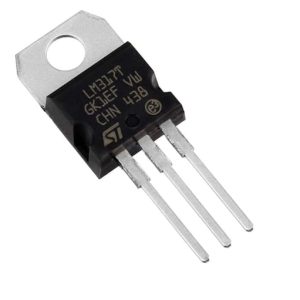
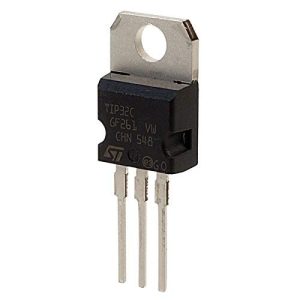
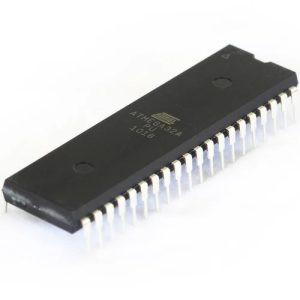
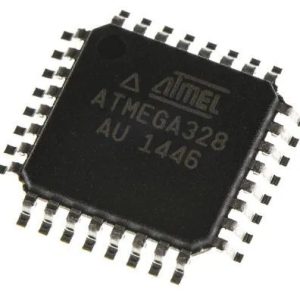

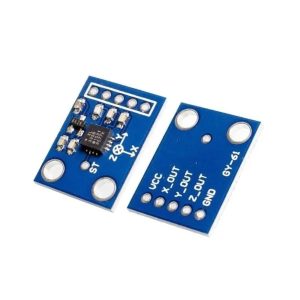
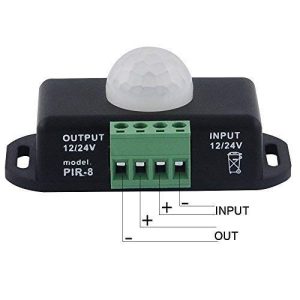
Reviews
There are no reviews yet.